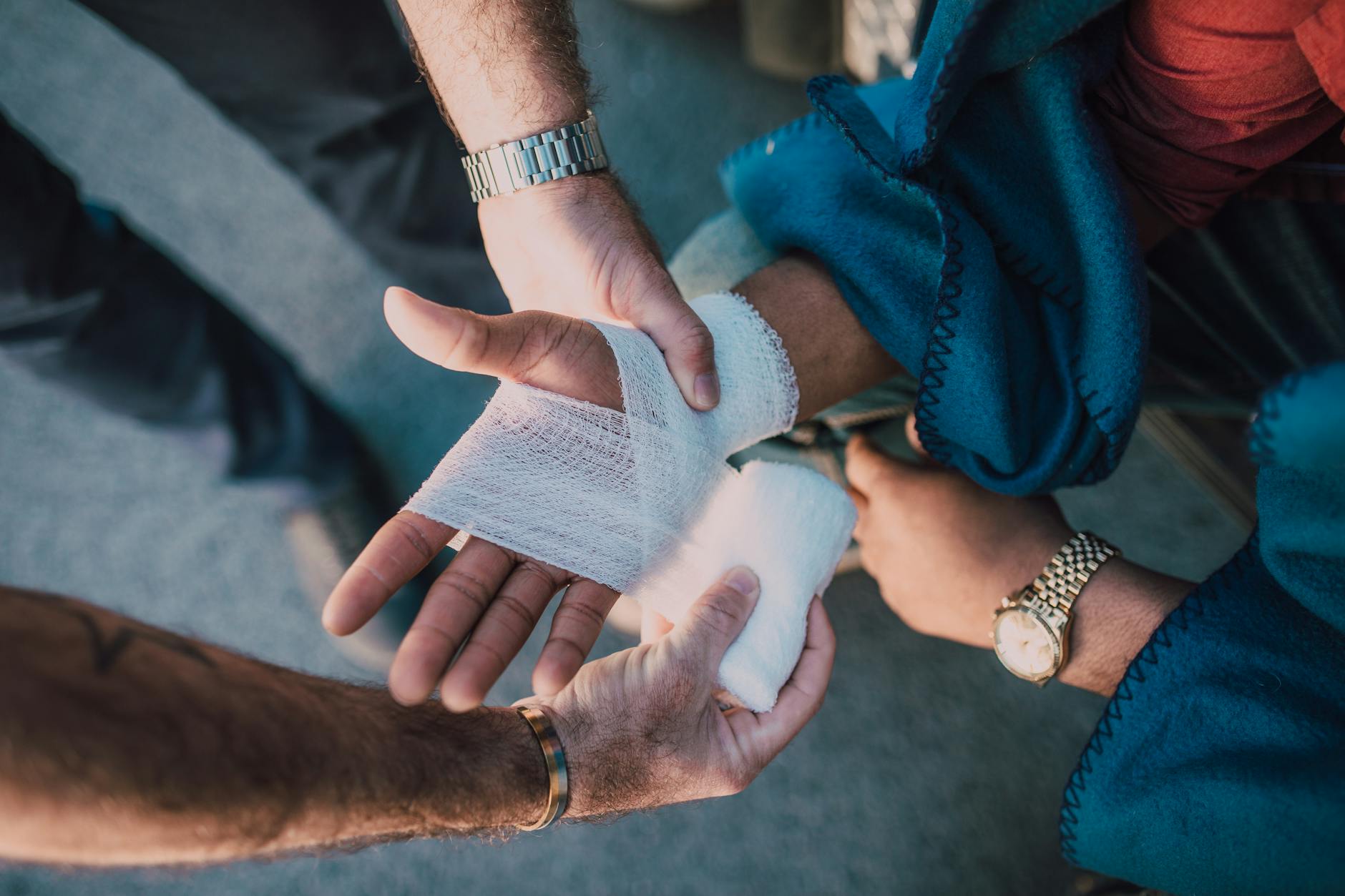Discover how one woman’s journey from trauma to triumph offers a roadmap for breaking free from the grips of PTSD.
Table of Contents
Welcome to a journey of empowerment and healing as we delve into the realm of Post-Traumatic Stress Disorder (PTSD). This blog aims to provide insight, information, and support for those grappling with the challenges of PTSD and encourage a sense of hope and resilience in the face of adversity. Let’s embark on this exploration together and discover the potential for growth and healing within each of us.
Understanding PTSD
PTSD is a mental health condition triggered by a traumatic event, such as combat exposure, sexual assault, natural disasters, or accidents. It can manifest in various ways, including flashbacks, nightmares, intrusive thoughts, and severe anxiety. People with PTSD may also experience emotional numbness, difficulty concentrating, irritability, and hypervigilance.
The Impact of PTSD
Living with PTSD can significantly impact a person’s daily life, relationships, and overall well-being. It may lead to feelings of isolation, shame, and guilt. Individuals with PTSD may struggle to trust others, have difficulty regulating their emotions, and avoid situations that trigger traumatic memories. The emotional and psychological toll of PTSD can be overwhelming, but there is hope for recovery and healing.
Seeking Support and Treatment
If you or someone you know is struggling with PTSD, seeking support and treatment is crucial. Therapy, such as cognitive-behavioral therapy or EMDR (Eye Movement Desensitization and Reprocessing), can help individuals process traumatic experiences and develop coping strategies. Medications may also be prescribed to manage symptoms such as anxiety and depression. Support groups and peer counseling can provide a sense of community and understanding.
Coping Strategies for PTSD
There are various coping strategies that can help individuals manage and reduce symptoms of PTSD. These may include mindfulness and relaxation techniques, regular exercise, engaging in creative outlets, maintaining a healthy lifestyle, and practicing self-care and self-compassion. It is essential to establish a support system of trusted individuals who can offer encouragement, validation, and understanding.
| Chapter | Topic | Description |
|---|---|---|
| 1 | Understanding PTSD | This chapter explores the causes and symptoms of PTSD, helping readers gain insight into their own experiences. |
| 2 | Healing Trauma | Tools and techniques for processing trauma and beginning the journey towards healing and recovery. |
| 3 | Finding Hope | Strategies for cultivating optimism, resilience, and a sense of hope for the future. |
| 4 | Building Resilience | Practical tips and exercises for strengthening resilience and coping skills in the face of adversity. |
| 5 | Connecting with Community | The importance of social support and connections in the recovery process, and how to build a strong support system. |
Building Resilience and Hope
While PTSD can feel like an insurmountable obstacle, it is possible to cultivate resilience and foster hope in the face of adversity. Recognize your inner strength and inherent resilience. Embrace your journey of healing and growth with compassion and patience. Celebrate small victories and milestones along the way. Remember that you are not defined by your past experiences; you are defined by your courage and perseverance.
Conclusion
As we conclude this exploration of PTSD, remember that healing is a journey, not a destination. Each step you take towards healing and recovery is a testament to your strength and resilience. Reach out for support, lean on your loved ones, and be gentle with yourself. You are deserving of love, compassion, and healing. Together, we can break the chains of PTSD and find hope and resilience in its place.
Can PTSD be cured?
While there is no definitive cure for PTSD, it is possible to manage symptoms and lead a fulfilling life through therapy, medications, and support systems.
How long does PTSD last?
The duration of PTSD varies for each individual, with some experiencing symptoms for a few months to years. Early intervention and treatment can help shorten the duration of PTSD.
Can PTSD go away on its own?
PTSD rarely goes away on its own, but with the right support and treatment, individuals can learn to manage symptoms effectively and experience significant improvement in their quality of life.
Is PTSD a sign of weakness?
PTSD is not a sign of weakness but a natural response to traumatic experiences. Seeking help and treatment for PTSD is a courageous step towards healing and resilience.




